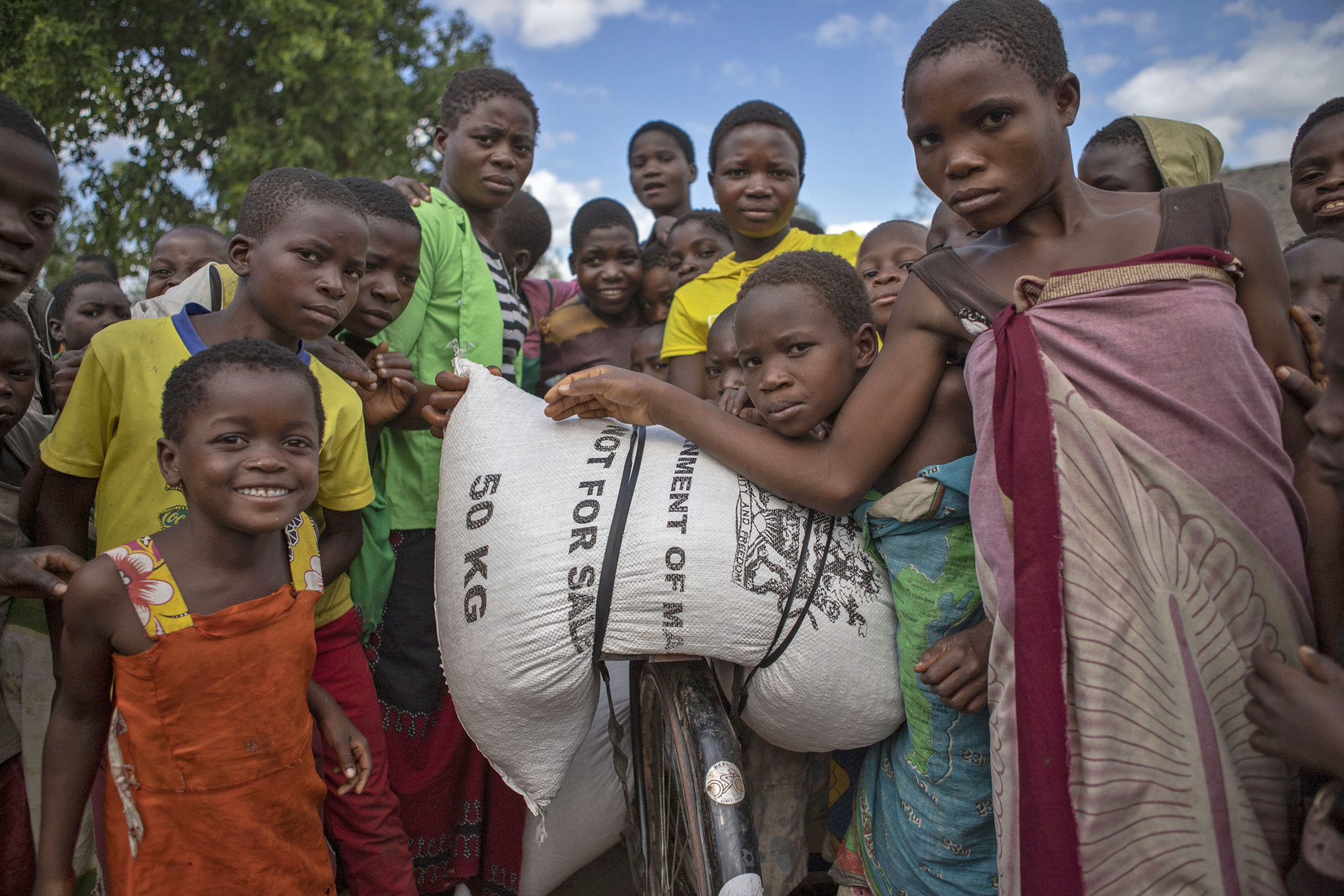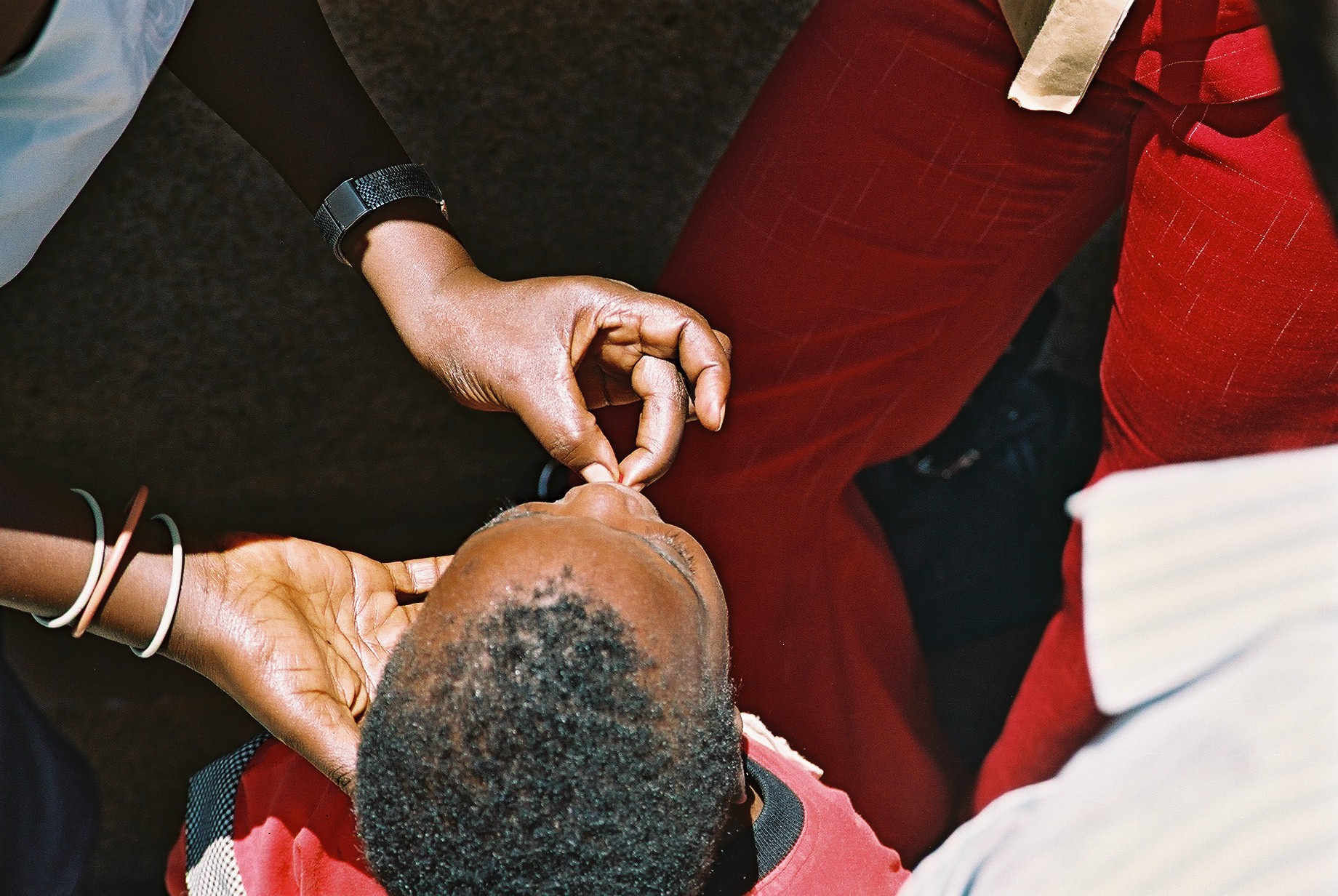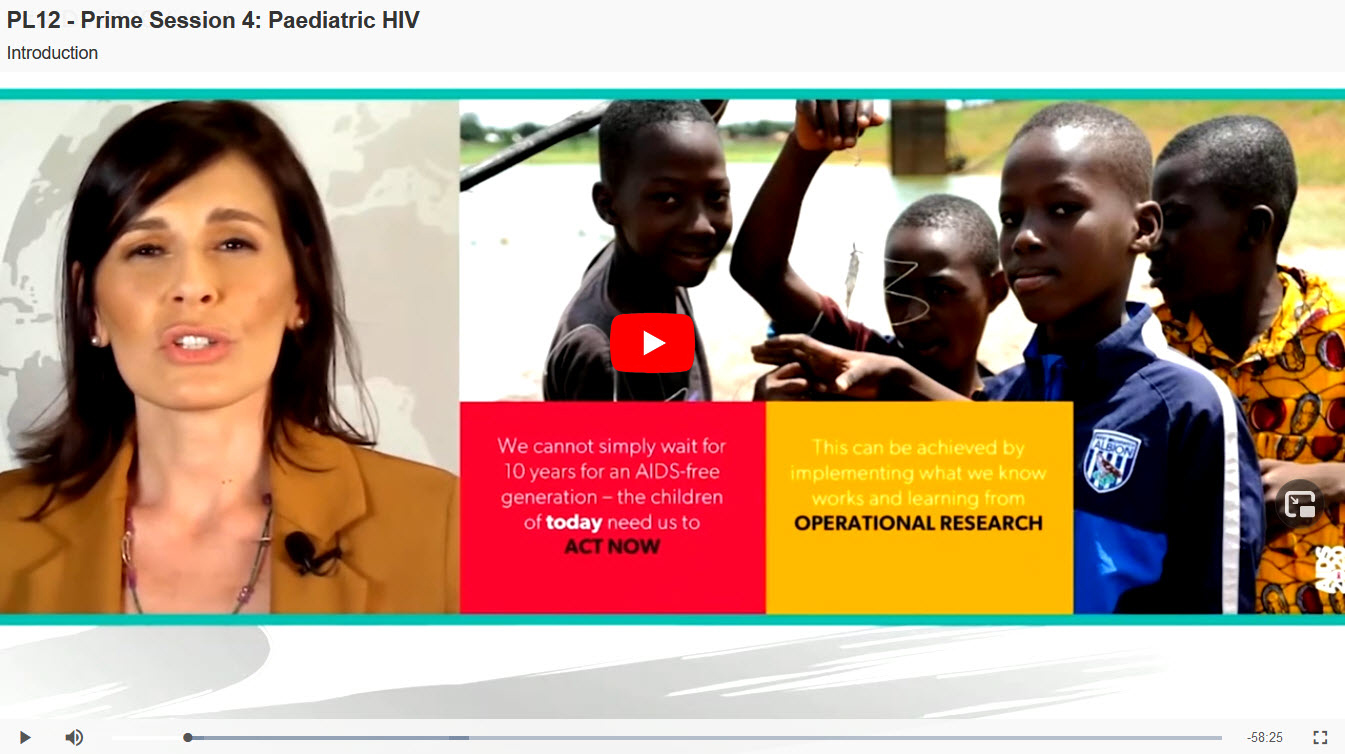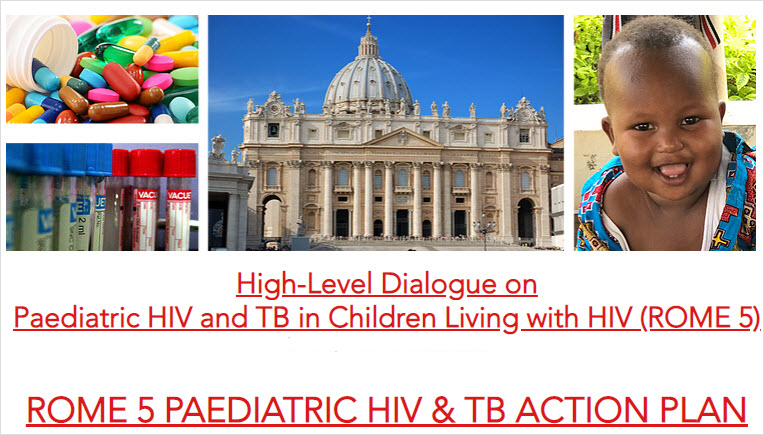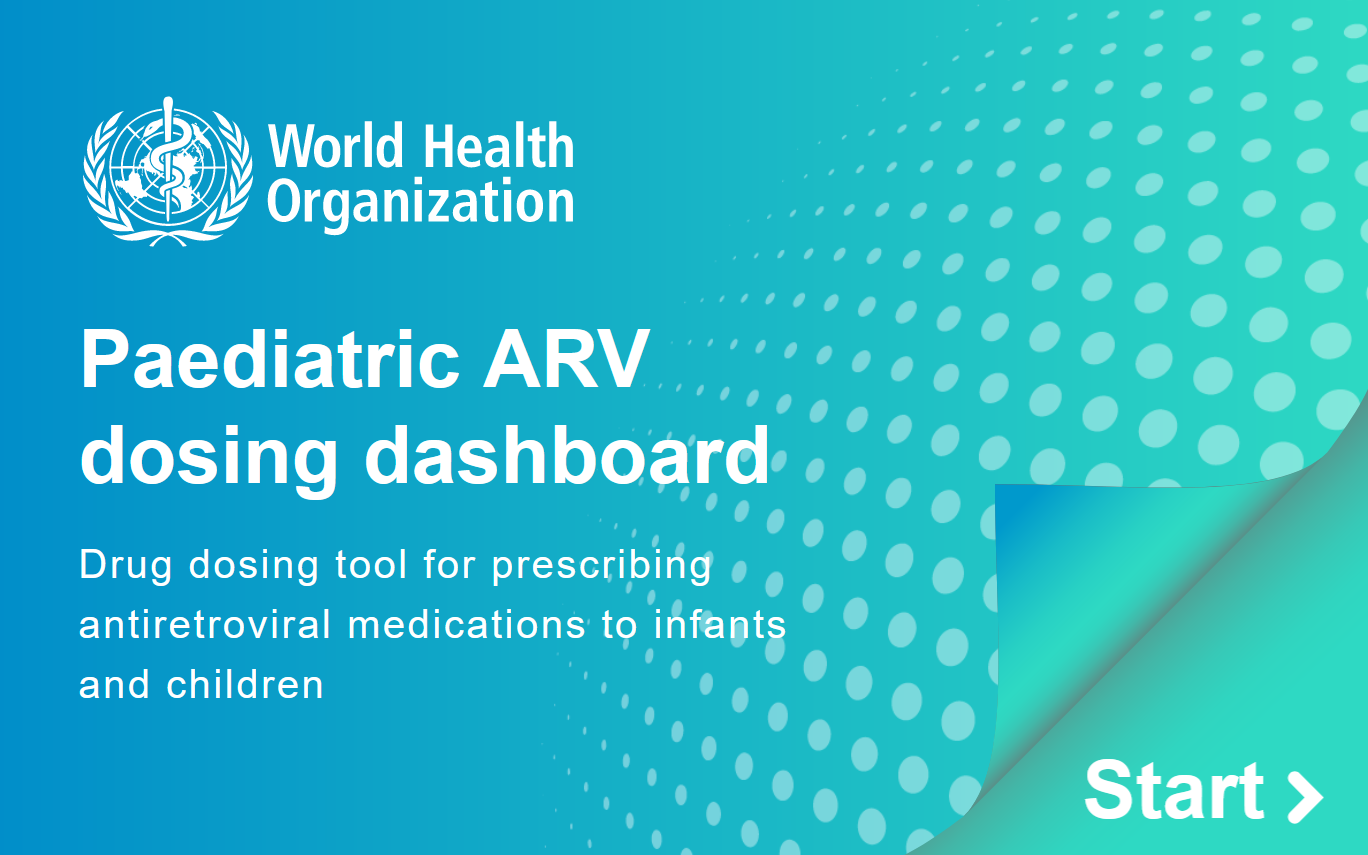Treatment and care in children and adolescents
An estimated 1.8 million children aged 0-14 were living with HIV at the end of 2019, and 150 000 children were newly infected. An estimated 100 000 children died of AIDS-related illnesses. To reduce HIV-related mortality and morbidity among this highly vulnerable population, early testing and treatment is essential. Without access to testing and treatment, 50% of children with HIV will die by the age of 2, and 80% will not live to their fifth birthday.
WHO recommends that infants born to mothers living with HIV are tested for HIV by two months of age, during breastfeeding, and when breastfeeding ends given continued risk of transmission during this period. Older children, especially offspring and siblings of persons infected with HIV, should also be tested in high prevalence regions. Community-based outreach and testing can improve access to testing while mitigating HIV-related stigma.
HIV-positive children should be started on antiretroviral drugs (ARV) immediately. Yet in 2018, almost half of all children living with HIV were not taking ARVs. Once treatment begins, children must take their medicine regularly to stay healthy into adolescence and adulthood. Failure to suppress the HIV virus remains a serious problem among children, aggravated by a lack of child-friendly formulations of the newest and most effective ARVs designed for adults.
Globally in 2019, an estimated 1.7 million adolescents (10-19 years old) were living with HIV and an estimated 190 000 were newly infected with HIV. Compared to other populations, adolescents face additional barriers in accessing testing and treatment, including health services that are not adapted to their needs and policies that require parental consent for services. HIV-positive adolescents also are less likely than adults to adhere to their treatment regularly, resulting in lower rates of viral suppression and lower declines in mortality.
Addressing the distinct and diverse needs of adolescents living with HIV to improve their HIV-related outcomes requires a comprehensive and integrated approach that leverages on global commitments and approaches to adolescent health, including the Global Strategy for Women’s, Children’s and Adolescents’ Health (2016–2030) and the Global Accelerated Action for the Health of Adolescents (AA-HA!).
WHO recommends the implementation of adolescent-friendly health services in HIV services to ensure engagement and improved outcomes. Involving and engaging in their own care across the treatment cascade and through the cycle of planning, implementing, monitoring and evaluating programs is key. Peer-driven, adolescent-friendly services, integrated with other services including psychosocial interventions, are effective ways to improve health outcomes for adolescents.
WHO develops normative guidance on HIV prevention, testing, treatment and care, and works with policymakers and programme managers to promote their rapid adoption and implementation.
News
Global initiative
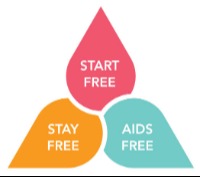 Visit START FREE, STAY FREE, AIDS FREE, a global initiative led by UNAIDS and PEPFAR which aims at galvanizing global momentum around a shared and ambitious agenda.
Visit START FREE, STAY FREE, AIDS FREE, a global initiative led by UNAIDS and PEPFAR which aims at galvanizing global momentum around a shared and ambitious agenda.
Strategic document

AIDS Free Framework to accelerate paediatric and adolescent...
Technical documents

Integrating psychosocial interventions and support into HIV services for adolescents and young adults
Adolescence, defined as the period between 10 and 19 years of age, is a developmental stage during which many psychosocial and mental health challenges...

Virtual workshop on postnatal prophylaxis to reach elimination of HIV vertical transmission: optimizing...
Despite decades of progress in reducing the rates of vertical transmission, children continue to acquire HIV. Options for more effective regimens to ...

Safeguarding the future: giving priority to the needs of adolescent and young mothers living with HIV
In 2019, WHO and Coalition for Children Affected by AIDS convened a learning session of scientific and programmatic experts to consolidate the evidence...

Transitioning to the 2021 optimal formulary for antiretroviral drugs for children: implementation considerations
Antiretroviral treatment optimization is a key pillar in the AIDS Free agenda to reach the goal of ensuring 95% of all infants and children have access...

The WHO 2021 guideline promotes the use of optimal antiretroviral treatment (ART) regimens in all populations. Though new, more effective and better...

The major causes of morbidity and mortality among children living with HIV in low- and middle-income countries are pneumonia (including Pneumocystis pneumonia), tuberculosis...

This policy brief highlights key elements of the 2020 WHO consolidated HIV strategic information guidelines pertinent to HIV testing and treatment for...

Nurturing care for children affected by HIV
Over the last three decades, scientific findings from a range of disciplines have converged. They prove that in the early years, we lay down critical...

This policy brief is for country-level programme managers, technical advisers and procurement bodies involved in the process of procuring, introducing...

Learning session on HIV-affected adolescent mothers and their children in sub-Saharan Africa
This report details the learning session, co-hosted by WHO and the Coalition for Children Affected by AIDS which brought together 43 global thought leaders...

Adolescent-friendly health services for adolescents living with HIV: from theory to practice
There is currently limited implementation of guidance regarding the provision and monitoring of adolescent-friendly health services to ensure that adolescents...
Tools and resources

